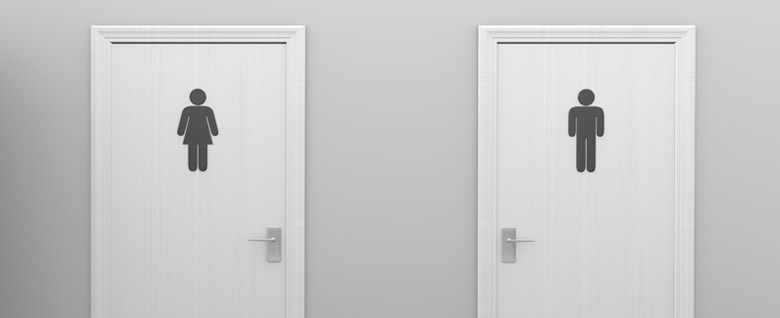The 1st October ordinarily hails the introduction of legislation or regulations which bring changes within the remit of employment law.
This year there were very few notable changes, except the annual increase to the national minimum wage. However, many had eagerly anticipated the introduction of the Government’s Gender Pay Gap Regulations which were due to come into force.
The introduction of The Equality Act (Gender Pay Gap Information) Regulations 2016 has now been pushed back to April 2017.
The significance of this may be quite apparent to those individuals who work in the field of employment law and discrimination, but to many up and down the country, the introduction and implications of this regulation are relatively unheard of.
So what are the Gender Pay Gap Regulations?
Employers will be required to publish gender pay gap details highlighting the difference in gross pay and bonus payments made to female, as compared to male, employees.
The regulations will apply to both private and voluntary sector employers who have over 250 employees. Although the regulations do not stretch to the public sector as of yet, the Government is set to bring in similar requirements by adjusting the equality duties placed on the public sector.
The regulations go on to outline who will be considered an employee and defines a ‘relevant employee’. This means a person who ordinarily works in Great Britain and whose contract of employment is governed by UK legislation. This means that the regulations are likely to stretch very widely, and have been drafted with the purpose of ensuring that employers will struggle to manipulate figures, for example by excluding agency staff from the figures.
Why are the Gender Pay Gap Regulations important?
The gender pay gap is often considered to be something which has long since passed, with women now taking up some of the highest paying roles across various different industries. However, the Government consultation on draft regulations issued on 12th February 2016 indicates that although great lengths have been taken with regard to improving the gender pay gap, as a society we cannot be complacent.
The regulations and the requirement they impose on employers to publish figures, are expected to bring the benefit of transparency around gender pay differences. It is a welcomed move towards full recognition of the fight against gender inequality which still exists in society today. A consideration which will be at the forefront following the implementation of the regulations is whether the gender pay gap has truly been bridged as far as the government had expected.
But why is this important to you?
It may seem on face value that the introduction of this regulation will not have a significant impact to the recognition of employee’s rights within the workplace. However, this regulation is to be read in line with the Equality Act 2010. This legislation provides protection to individuals who have been treated unfavourably because of a protected characteristic. There are many types of claims which each have their own respective legal test, but the underlying premise is that if an individual suffers a detriment on the grounds of a protected characteristic then they may have recourse to bring a claim.
One such protected characteristic is sex under Section 10 of the Equality Act 2010. Therefore if the publishing of the gender pay information indicates that a female member of staff is being paid far less than her male colleague for the same role then this may bring about the potential for a claim. The Equality Act outlines the ‘Equality of Terms’ under chapter three and the above scenario may well trigger a claim on this basis.
Therefore we may well see a rise in the number of claims with the introduction of the regulations. If you feel that any of the above is relevant you or your employment please get in touch with our specialist discrimination team for advice and assistance on 01616 966 229.




Comments